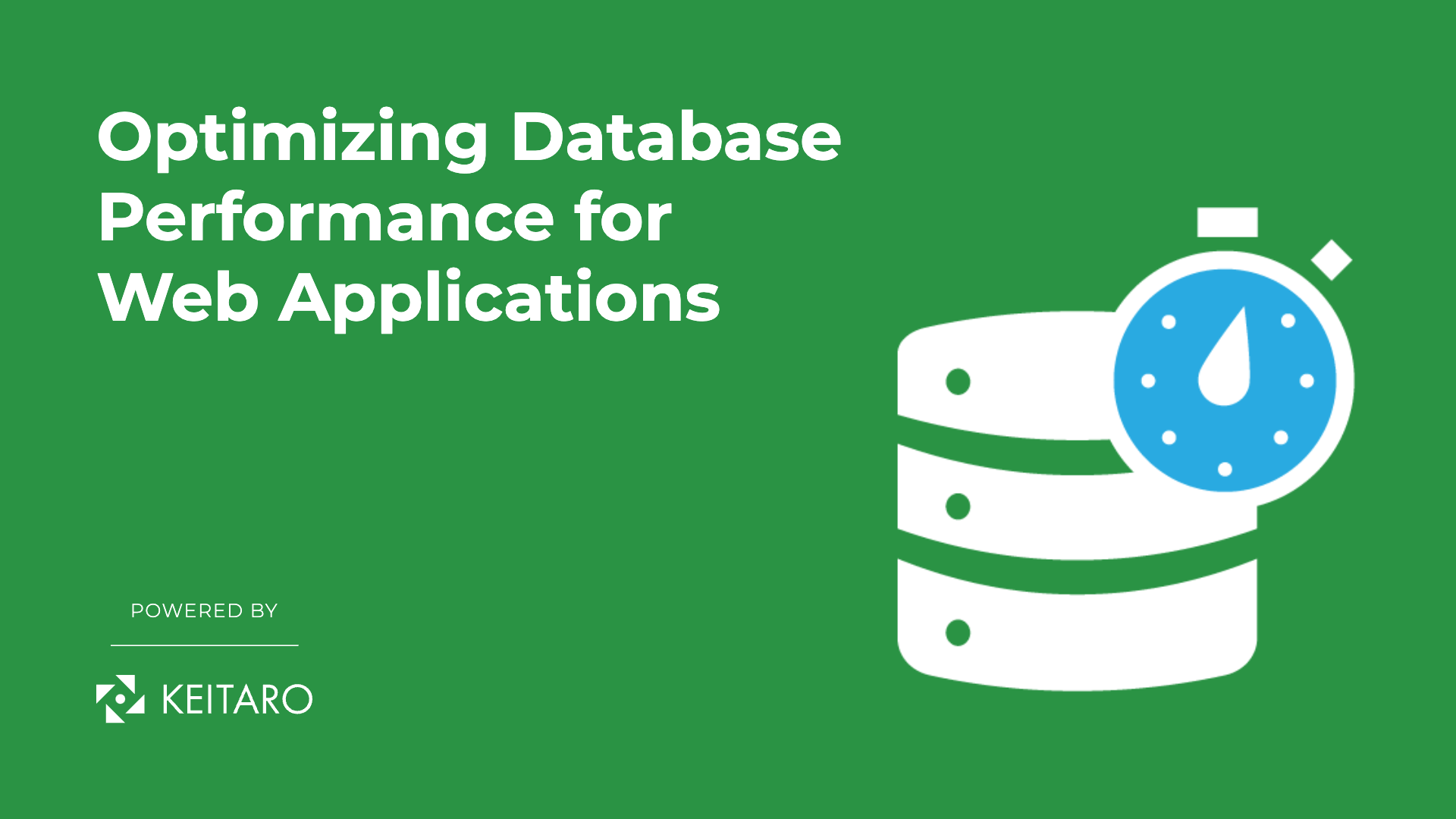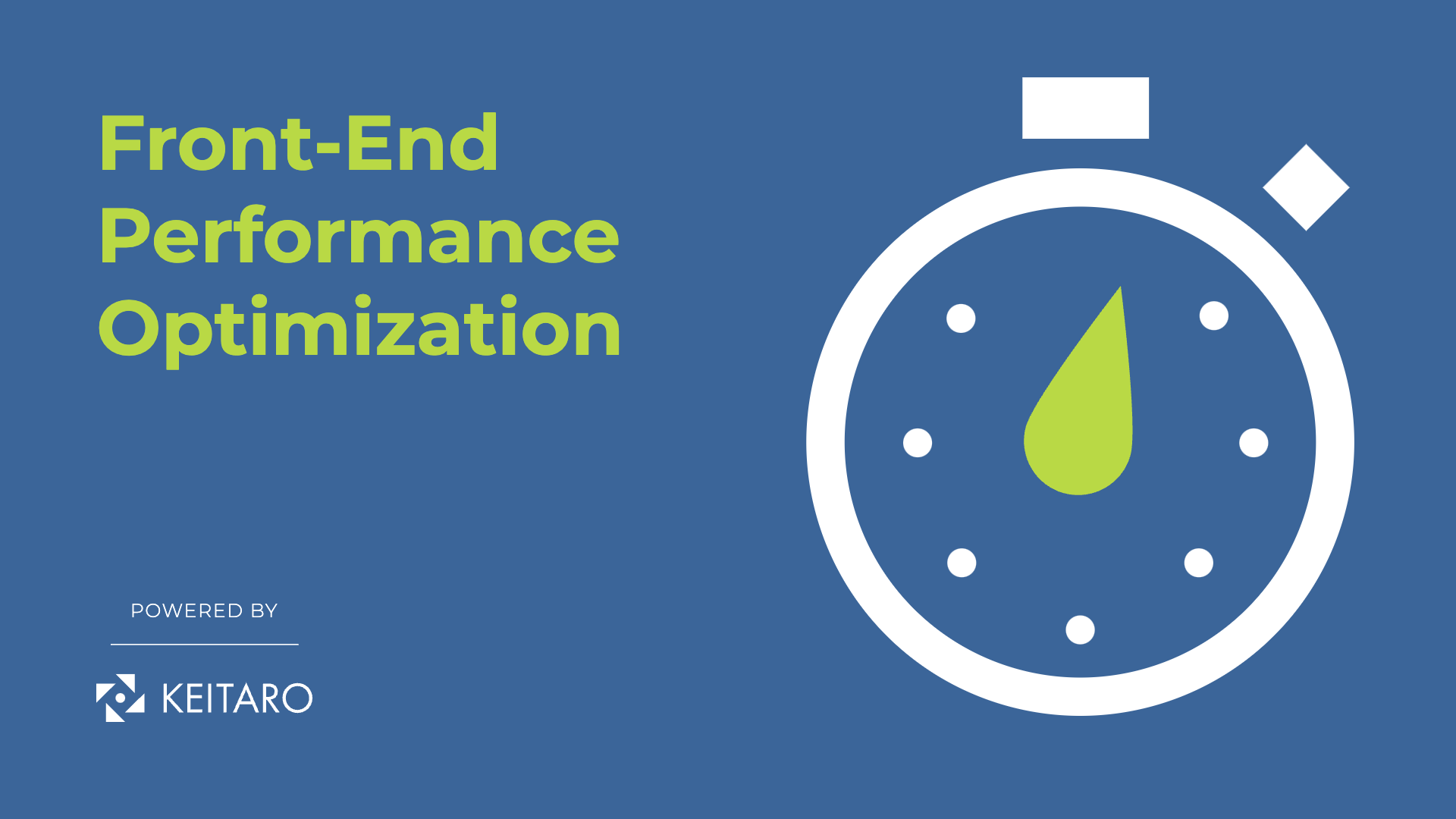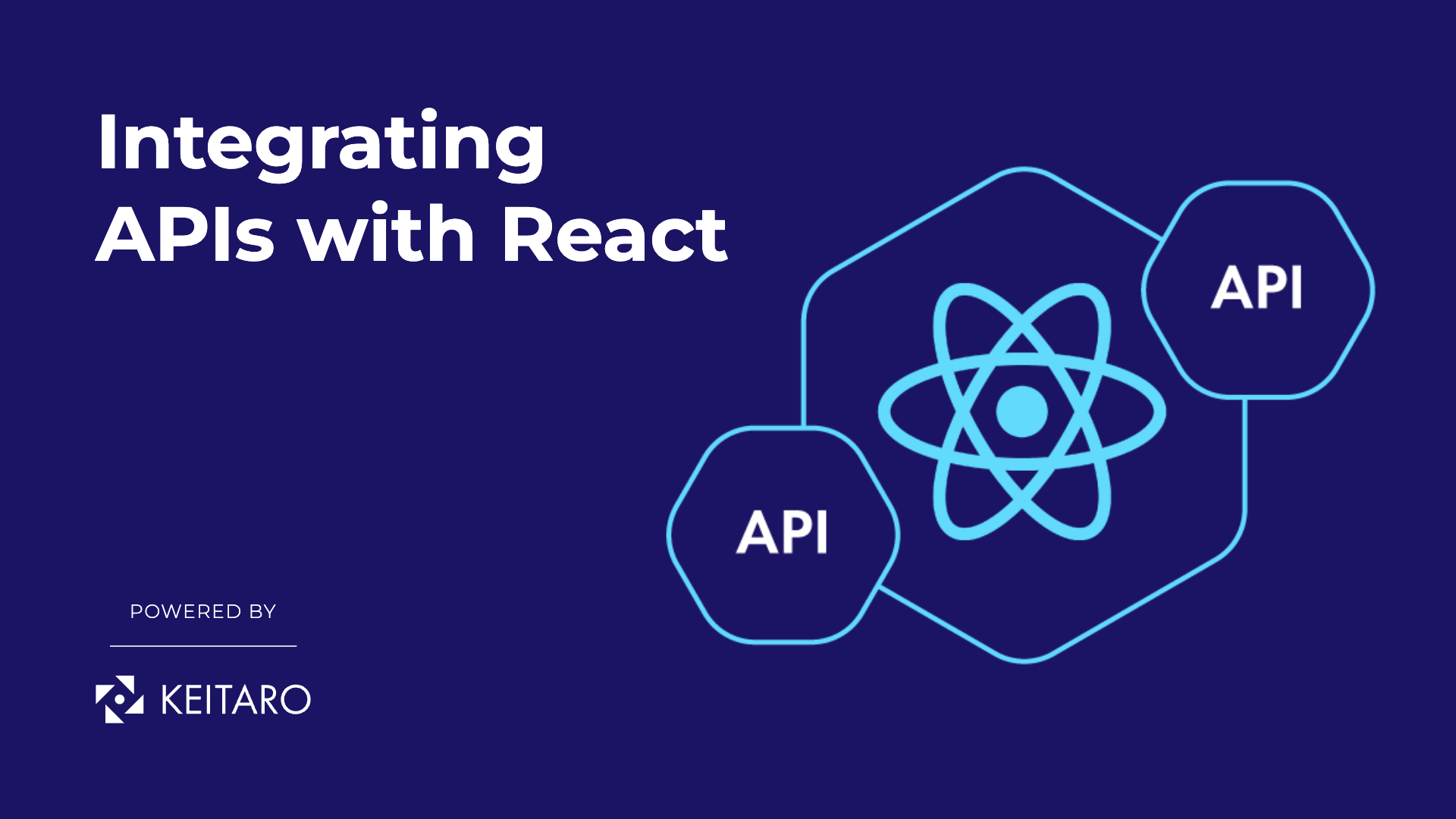React is a widely used JavaScript library that simplifies the process of developing user interfaces. Its efficient performance is due to the implementation of the Virtual DOM. In this article, we will investigate the concept of Virtual DOM, its functionality, and its significance in the React framework.
What is the DOM?
The Document Object Model (DOM) is a programming interface for web documents. It represents the HTML structure of a web page, which can be accessed and manipulated by JavaScript. When a web page is loaded, the browser creates a DOM tree that consists of all the HTML elements on the page.
Through the use of JavaScript, the DOM tree can be modified to update the web page. For instance, if you wish to change the text content of a button on a web page, you can select the button element using JavaScript and update its text content through the DOM.
What is the Virtual DOM?
The Virtual DOM is a crucial concept utilized in modern frameworks such as React, which significantly improves the performance of updating the real DOM. When a state change occurs in a React component, instead of updating the actual DOM directly, React creates a lightweight replica of the DOM known as the Virtual DOM.
React then compares the updated Virtual DOM with the previous one to identify the changes that need to be applied to the real DOM. Once the changes are determined, React updates the real DOM in an optimized and efficient manner, thereby reducing unnecessary re-renders and improving overall performance.
What are the Differences?
The fundamental contrast between the DOM and Virtual DOM is that the DOM represents the actual HTML structure of a web page, while the Virtual DOM is a lightweight copy of the DOM used by React to enhance performance while updating the actual DOM.
Below are some additional differences:
- Application Speed
– Updating the actual DOM can be a slow process and may cause performance issues, particularly for complex applications. The Virtual DOM enables React to update the actual DOM in a more efficient and optimized manner, resulting in improved performance and a faster, smoother application. - Memory Usage
– The DOM can consume a significant amount of memory, particularly for larger web pages. React employs a lightweight copy of the DOM called the Virtual DOM, which reduces memory usage and enhances performance. - State Management
– Unlike the Virtual DOM, the DOM lacks built-in state management, necessitating developers to manually manage their application’s state. The Virtual DOM, in contrast, is intended to work seamlessly with React’s state management system, making state management and updates easier. - Re usability
– The Virtual DOM can be used for multiple components, simplifying the management and updating of the application’s state. In contrast, the DOM is specific to each web page and cannot be reused across different components.
| Real DOM | Virtual DOM |
|---|---|
| It represents a simplified version of a webpage’s underlying HTML code. | It serves as a simplified representation of the HTML Document Object Model (DOM). |
| It has the ability to manipulate elements displayed on the screen. | It lacks the ability to manipulate elements displayed on the screen. |
| Any modification results in the entire DOM tree being updated. | Any modification only updates the relevant node in the tree. |
| Updating proves to be a slow and inefficient process.Updating is slow and inefficient. | The process of updating is speedy and efficient. |
Optimizing React Performance with Virtual DOM: Tips and Best Practices
- Minimize State Changes:
– To optimize performance, it’s important to minimize unnecessary state changes as every change will trigger React to create a new Virtual DOM tree and compare it with the previous tree to determine changes in the actual DOM. - Use Key Props:
– Providing a unique key prop for each item when rendering lists of items in React can improve performance by helping React identify which items have changed and need to be re-rendered. - Avoid Direct DOM Manipulation:
– It’s essential to avoid direct manipulation of the DOM when working with React. Instead, use React’s declarative API to update the state of components, which will trigger React to update the Virtual DOM and make necessary changes to the actual DOM. - Use PureComponent or shouldComponentUpdate:
– PureComponent and shouldComponentUpdate are built-in methods in React that can optimize component rendering by preventing unnecessary re-renders. PureComponent automatically performs a shallow comparison of props and state to determine if a re-render is necessary, while shouldComponentUpdate allows for more fine-grained control over when a component should re-render. - Use React.memo for Functional Components:
– React.memo is a higher-order component that can optimize functional components by preventing unnecessary re-renders. It works by caching the result of the component’s rendering and reusing it if the props haven’t changed.
Conclusion
In summary, the Virtual DOM is a powerful and innovative concept used in React that significantly enhances the performance of updating the real DOM. By using a lightweight copy of the DOM, React can identify changes that need to be applied to the actual DOM more efficiently, resulting in faster and smoother applications.
To optimize React performance using Virtual DOM, developers can follow best practices such as minimizing state changes, using key props, avoiding direct DOM manipulation, and utilizing PureComponent or shouldComponentUpdate. Functional components can also be optimized using React.memo.
Overall, understanding the Virtual DOM’s concept and functionality can help developers write more performance and efficient code, making React an excellent choice for building modern web applications.



